This past Monday marked our sixth vintage and in all honesty, time has truly flown. It began at 4am and although it was early, we were wide awake with excitement.
Even though everyone talks about harvest season, the vines have been hard at work all year long. They get a little down time during the winter months, but for the most part, they are working hard all year in order to provide us with the stellar fruit that has resulted in Double Gold medals and 90+ ratings! As any winemaker worth their wine knows, “Great wine is made in the vineyard,” let’s talk a bit about the vines.
Let’s start of with the grapevine’s biological classification. (I’d be remiss if I didn’t give this info to you – I’m such a Biology geek)
- Domain: Eukaryota
- Kingdom: Plantae
- Phylum: Spermatophyta
- Subphylum: Angiospermae
- Class: Dicotyledonae
- Order: Rhamnales
- Family: Vitaceae
- Genus: Vitis
- Species: Vitis vinifera
Now that you can officially forget that you ever saw that information, let’s talk about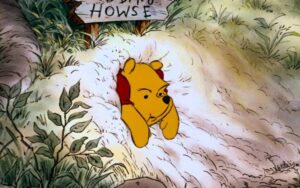 the plant itself. It’s biggest problem is that it is stuck in one place. There are many complications that the vine may have to face. Nutrient limitations, competition from other plants, water excess or shortage, extremes in temperature or a disease are just a few, and that poor living organism can not move away. Think about that, if you are cold, you have multiple options. You can put on more clothes, turn up the heat, start a fire. Heck you can even move to another location. If you are thirsty, you go get something to eat. If there are pests bothering you, there are multiple ways to get rid of them; but they all involve you moving.
the plant itself. It’s biggest problem is that it is stuck in one place. There are many complications that the vine may have to face. Nutrient limitations, competition from other plants, water excess or shortage, extremes in temperature or a disease are just a few, and that poor living organism can not move away. Think about that, if you are cold, you have multiple options. You can put on more clothes, turn up the heat, start a fire. Heck you can even move to another location. If you are thirsty, you go get something to eat. If there are pests bothering you, there are multiple ways to get rid of them; but they all involve you moving.
Since grapevines do not have this luxury, they had to develop another method; a chemical method. They are masters of the chemical game. Many compounds that they produce are inhibitory to other organisms that invade their environment. Other compounds are used to regulate their metabolism and are produced depending on what the surrounding environment is like.
Some of these compounds, phenolics, help the plant fight microbial attack while others help them during nutrient limitations. But, for winemakers, these phenolics are important in producing a high quality wine.
As wine lovers, we are most concerned with the fruit, but for the vine, the fruit is all about the seed. It doesn’t provide any nutrition to the seed, the fruit is simply the mode of distribution. The grape was designed to attract animals to it, consume it and well, let’s say, disperse the seed after a “little time in body.” Mother Nature sure did a great job when designing this method, because we humans sure do love the grape!
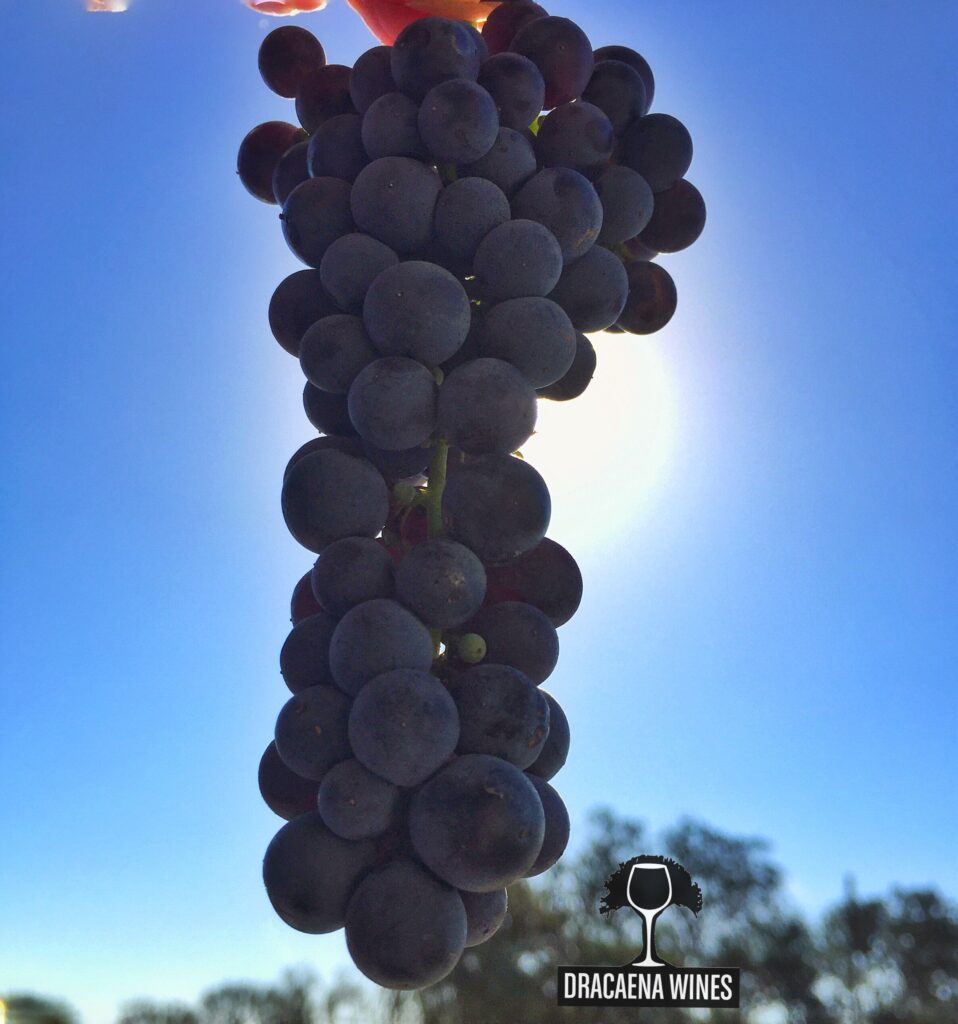
Pruning
In order to get to the time where we are actually harvesting the grapes, we have put a lot of time into the vineyard to make sure the fruit is pristine. It is important to maintain “vine balance.” A perfect relationship between the amount of foliage and fruit. Vine management impacts fruit composition. We can manipulate the shape and size of the vine by trellising, training and pruning. Trellising and pruning will impact the amount of light that the vine will see – which is extremely important to Cabernet Franc, since the pyrazine that is responsible for Bell Pepper is highly influenced by the sun exposure. Photosynthesis is also dependent on the exposure, which has a direct impact on the amount of sugar available accumulating in the fruit.
Pruning is the process of controlling the size of the vine. We pay close attention to the number of dormant buds per vine and the cluster totals. Fruit yield is important. Too few buds will lead to a vigorous vines which is detrimental to the quality of the fruit. If we don’t trim back the buds, the excess will result in too much fruit and the vine may not be able to produce enough sugar to allow all the fruit to ripen.
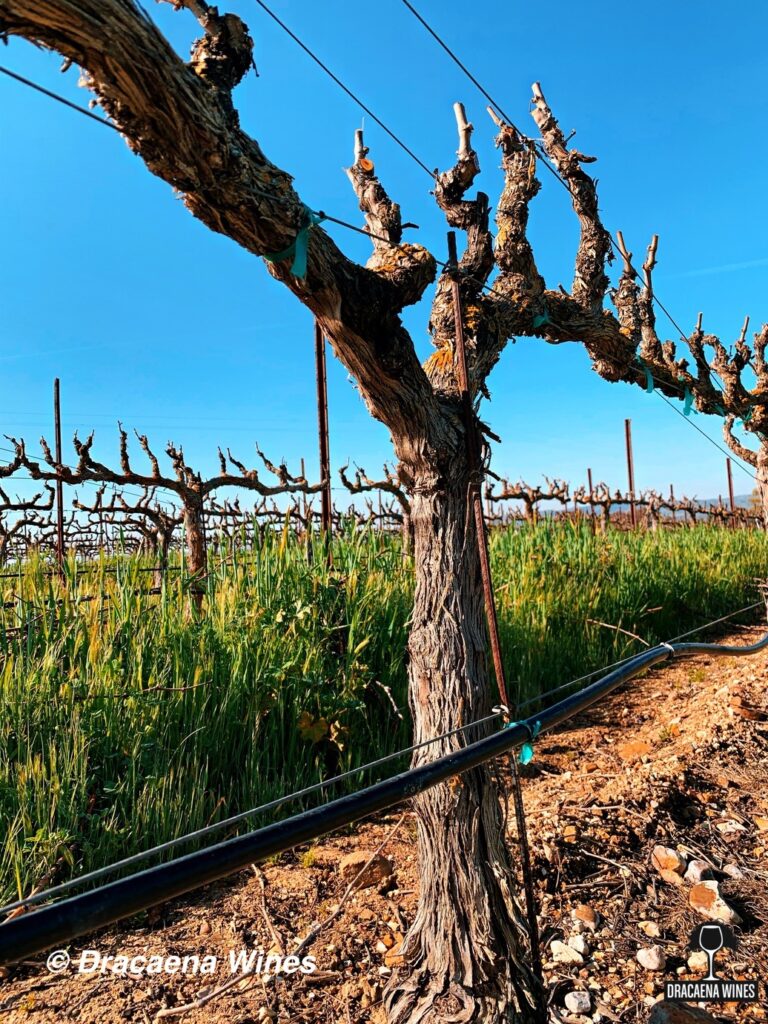
Budbreak
As the weather warms and the season progresses, we begin to see the vines “come to life.” The canes grow, and the buds begin to emerge. This is known as bud break. It is triggered by soil temperatures as well as air temperature and is a very nerve wracking time for us. The vine is extremely susceptible to climactic concerns during this time period. If it occurs too early, there is potential for damage from an unexpected cold front. Heavy rain can also destroy the buds prior to fruit set.
After bud break, it is time to see the little berries begin their life. Since the flowers of grapevines are self-pollinating, there is no need for insects to pollinate them. They rely on winds for pollination. If we are not so lucky, the fruit set may not be ideal and we are faced with many clusters that have shatter.
Flowering & Fruit Set
After fertilization has occurred, the resulting flower begins to form clusters. These clusters will ultimately become the bunches of berries. Once again, we are concerned with too much fruit, so we may perform what is called “green drop.” This means we are cutting actual bunches off off the vine to thin it and conserve energy for the vine. This allows the vine to send its energy to its leaves and canopy and provide a safe environment for its clusters and ensure their proper ripening.
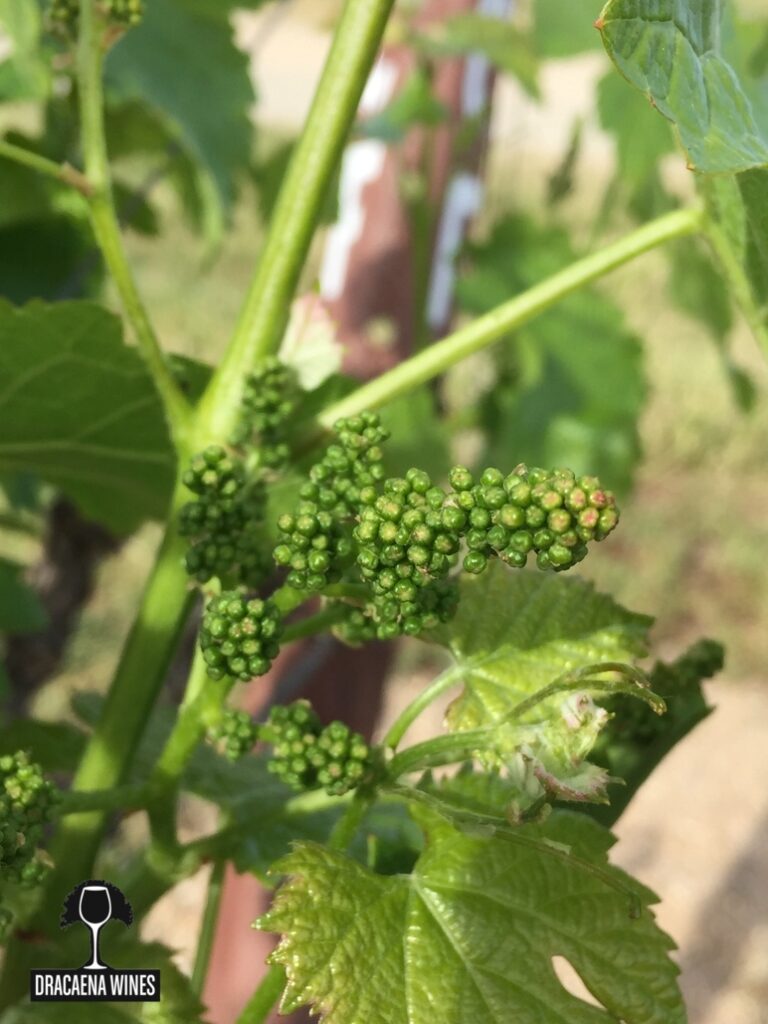
Veraison & Berry Ripening
Probably the most recognized process in the vineyard is veraison. This is when the fruit begins to change color. In reality, it is the actual ripening process of the fruit. Although it is the black/purple grapes that get all the glory during this time, white grape varieties also go through this process.
The berries swell and soften as the sugars and water content increases. As they become bigger, the acidity decreases. Weather greatly affects berry development. The warmer the climate the faster the berries will mature. As the time to harvest approaches, we spend more time walking the vineyards. We begin to send the grapes to the lab for chemical analysis of acids and sugars. We taste the grapes and look at the seed color. As the fruit matures, grape seeds, progress from an olive green to an almost coffee-colored brown. Although this is an indicator, in the end, the final decision to pick is dependent on our palate.
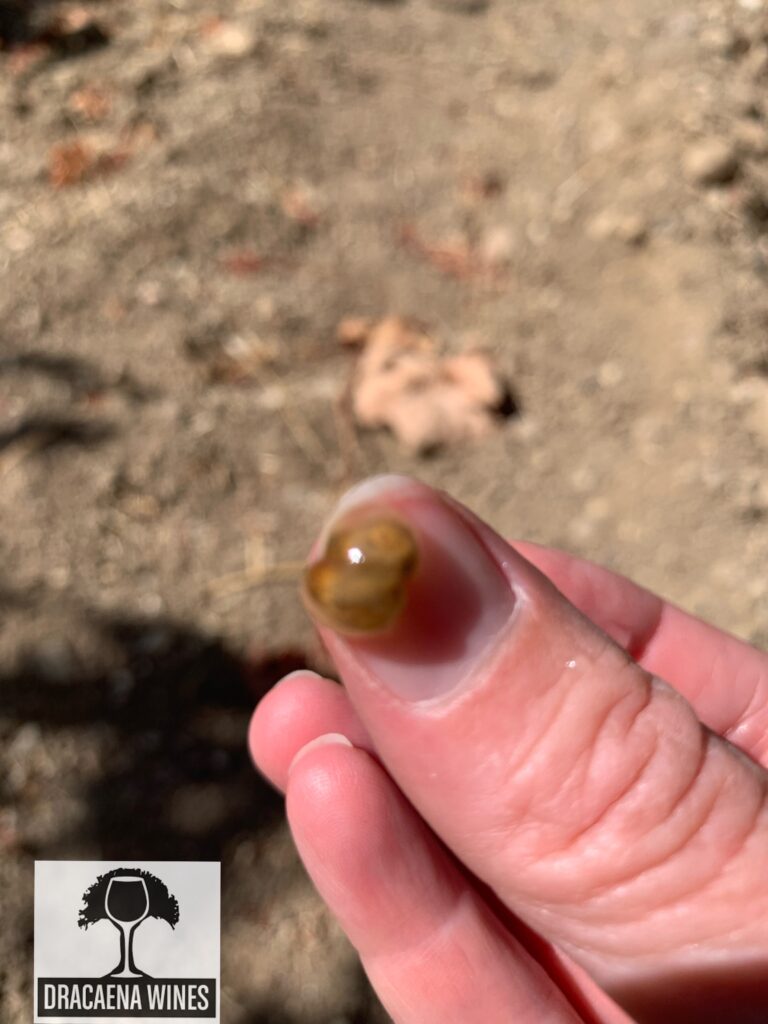
Why is the seed so important? Because nature has developed a mechanism to make the fruit appealing, but the seeds undesirable. The phenolic compounds within the seed, make it bitter and unpleasant. For the winemaker, these seeds are vital. Their removal reduces the phenolics in the wine so that it is not bitter, but at the same time is an important contributor to the structure of the wine by adding tannin.
It’s Here?!
At the time of press of this post, we should have harvested our 2019 Cabernet Franc two days ago. I say expect, because Mother Nature has the final say. She may decide to warm up or cool down the climate which will impact the final ripening. Or, I’m even a little afraid to say the word, may decide to make it rain, in which case we will want our beloved fruit off the vine before they can be damaged. So as you finish reading, please send a little good vibes our way that all goes smoothly, so that you can enjoy you can enjoy another award winning vintage in 2021!
~Slainte!
Please follow me on Instagram, Twitter, and Facebook. You can also find me on YouTube and if you are interested in wine pairings, follow my other blog, Wine Pairing with Dracaena Wines. And don’t forget about my FREE wine education series, Winephabet Street.
Please Visit our Sponsors by clicking on the banners:






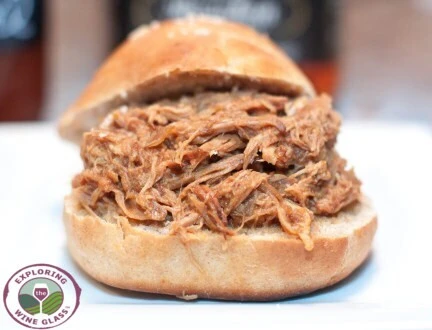
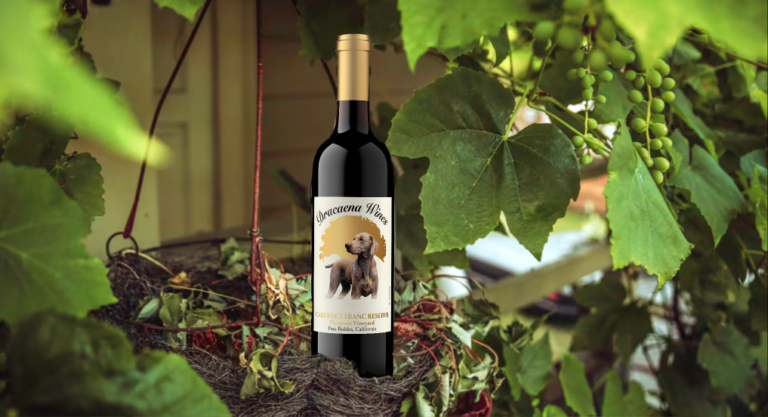

Nice article Lori, a good refresher. Clicked over to read more about shatter. Mark and I have seen it here and there in various regions since we’ve been in France. I do like the science geek, you have a way of explaining things in an understandable fashion. Hope your harvest went well!
Thank you so much! What kind words for you to say!
This is a super description of the whole process! Thanks and good luck with the 2019. Cheers!
Thank you so much! Glad you enjoyed the read! and thanks our harvest went perfectly!